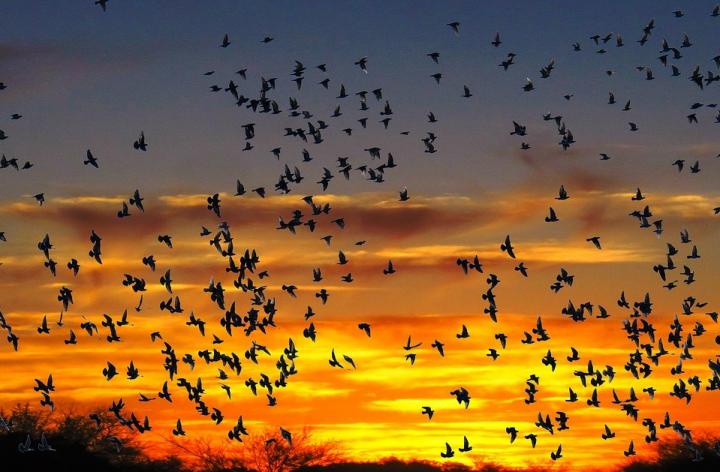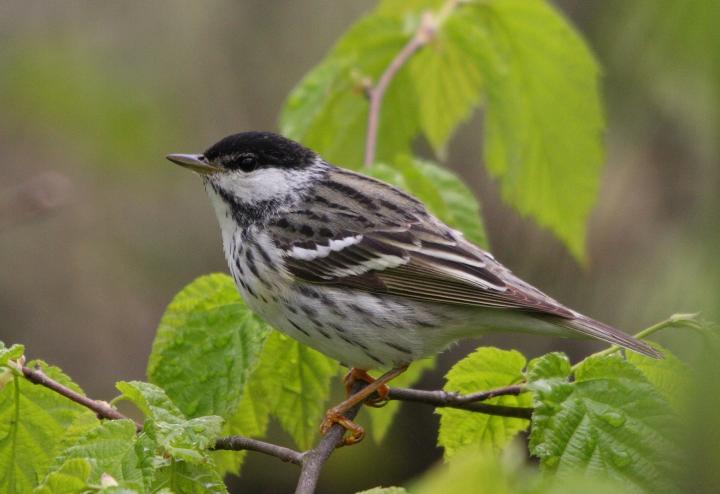
How birds use the Sun and stars to find their way home
ADVERTISEMENT
In many years past the Poles have shifted completely a number of times, reported in the Smithsonian Mag. Birds and some insects (Monarch Butterfly) may have to adjust. Won't be in our time. Currently the North Pole is moving towards Russia about 40KM a year.
As an interesting migration note, there's a bird (or birds) that migrate from the Arctic to southern Africa, some 10,000 miles. Then there's the Ocean mammals (whales, etc). A wonder.
I was just wondering about this the other night.
I was outside and heard geese flying over.
I was wondering how could they see in the dark.
Thanks for the article.
Yes, some birds use the stars - as indicated in Jer 8:7: "Even the stork in the sky knows her appointed seasons. The turtledove, the swift, and the thrush observe their time of migration, but My people do not know the requirements of YHVH."
The words "appointed seasons" is from the Hebrew word "moedim" - which is the word for the holy days. Because the people don't know the requirement of using the STARS and Moon to determine time (Gen 1:14), they are not observing the correct days.
And WHY don't the people know about using the stars to determine time? It's explained in the next verse: "How can you say, ‘We are wise, and the law of the LORD is with us?’ But in fact, the lying pen of the scribes has produced a deception."
This was the absolute best article you've ever published. It is truly amazing what so-called inferior species can do. God is good!
I was intreged from the beginning. Amazing facts. Read the article with my mouth hanging open most of the time
Wow, one of the most fascinating articles I have every read on this site.
Always love finding new and interesting articles here.
Keep up the great work!
We live on the extreme North Shore of Long Island. Our beach has a brackish pond on one side of it, so we get to see all kinds of water fowl and migrating birds. The water fowl love the Sound side for the salt water, and many other birds enjoy the calmer and less salty waters of the pond. Part of it is designated a preserve, so they are also safe there. Monarch butterflies love the goldenrod and Michaelmas daisies that blossom there as well, so we get to see a variety of migrating critters every fall.
I found this fascinating. I have always wondered about birds and how they seem to know just where to go and when to do it. I've especially wondered about flight time and whether or not they stop to rest each day or just fly straight through. You have answered many questions. Thank you!
Glenn, I used data on Polaris from an article in American Birds which quoted a Cornell ornithologist (formerly at the University of Michigan), Stephen Emlen. His research was done in the 1960's.
Bob Berman confirmed your correction. Thank you for taking the time to correct the data.
Tom
It is so amazing to know that such tiny, tiny birds fly nonstop 2,200 miles to get to where they’re going!!!!!.....AND BACK later on!!!!!!!! I am completely awed by that!!!!! That’s truly a stunner in the animal world!!!!!!! All I can say is......WOW!!!!!!!!










